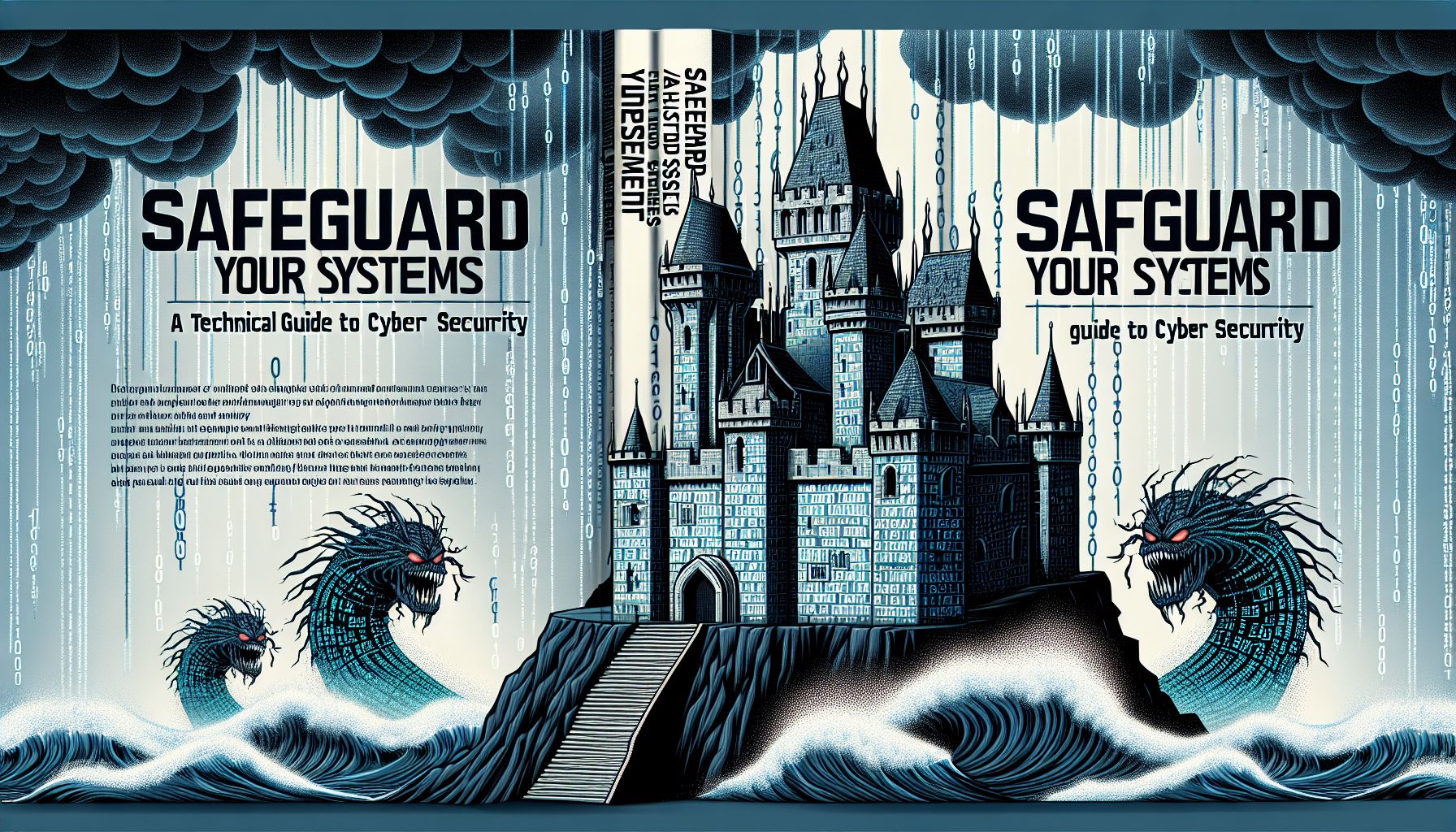Hey there, tech enthusiasts! Let’s talk about something that’s crucial in today’s digital world – Cyber security. As technology advances, so do cyber threats, and it’s important for us as tech-savvy individuals to stay one step ahead and safeguard our systems from potential attacks.
Understanding Cyber Security
First things first, let’s clear up what cyber security actually means. In simple terms, cyber security is the practice of protecting systems, networks, and data from digital attacks. These attacks can come in many forms – from viruses and malware to phishing and social engineering tactics.
Why is Cyber Security Important?
With the rise of digital transformation, the amount of data being generated and shared online has increased exponentially. This data holds valuable and sensitive information, making it a prime target for cyber criminals. Without proper cyber security measures in place, our systems are vulnerable to breaches, which can result in data theft, financial loss, and reputational damage.
Best Practices for Cyber Security
Now that we understand the importance of cyber security, let’s dive into some best practices that can help us protect our systems:
-
Keep Software Updated: One of the simplest ways to secure your systems is to ensure all software – including operating systems, browsers, and applications – is up to date. Updates often include patches for known vulnerabilities, so by keeping software current, you can effectively mitigate potential risks.
-
Use Strong Passwords: This might seem like a no-brainer, but using strong, unique passwords for each account is a crucial aspect of cyber security. Consider utilizing a password manager to generate and store complex passwords securely.
-
Implement Multi-factor Authentication: Adding an extra layer of security through multi-factor authentication (MFA) can greatly enhance the protection of your systems. MFA requires users to provide two or more verification factors before gaining access, making it harder for unauthorized individuals to breach accounts.
-
Regularly Backup Your Data: In the unfortunate event of a cyber attack, having backups of your data can be a lifesaver. Make sure to regularly backup important files and store them in a secure location to prevent data loss.
-
Educate Your Team: Cyber security is a team effort, so it’s important to educate all employees on the best practices and potential risks associated with digital threats. Regular training sessions can help raise awareness and create a cyber-aware culture within your organization.
Conclusion
In conclusion, cyber security is a critical aspect of our digital lives that should not be overlooked. By implementing the best practices outlined above, we can significantly reduce the likelihood of falling victim to cyber attacks and protect our systems and data from potential threats. Remember, it’s better to be safe than sorry when it comes to cyber security – safeguard your systems and stay one step ahead of cyber criminals. Stay safe out there, techies!
So, what are your thoughts on cyber security? Share your tips and experiences in the comments below! Let’s work together to create a more secure digital world.
